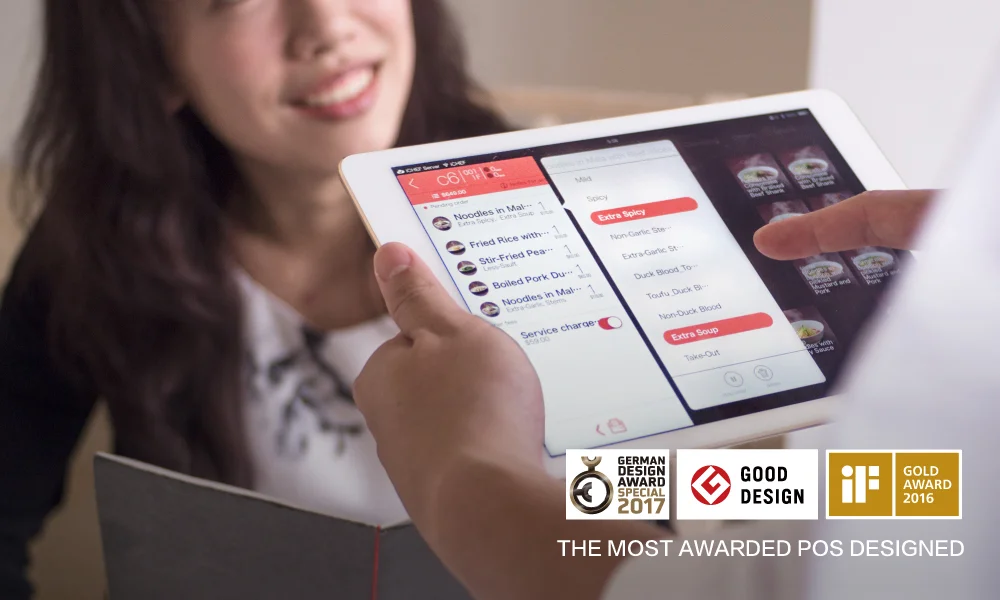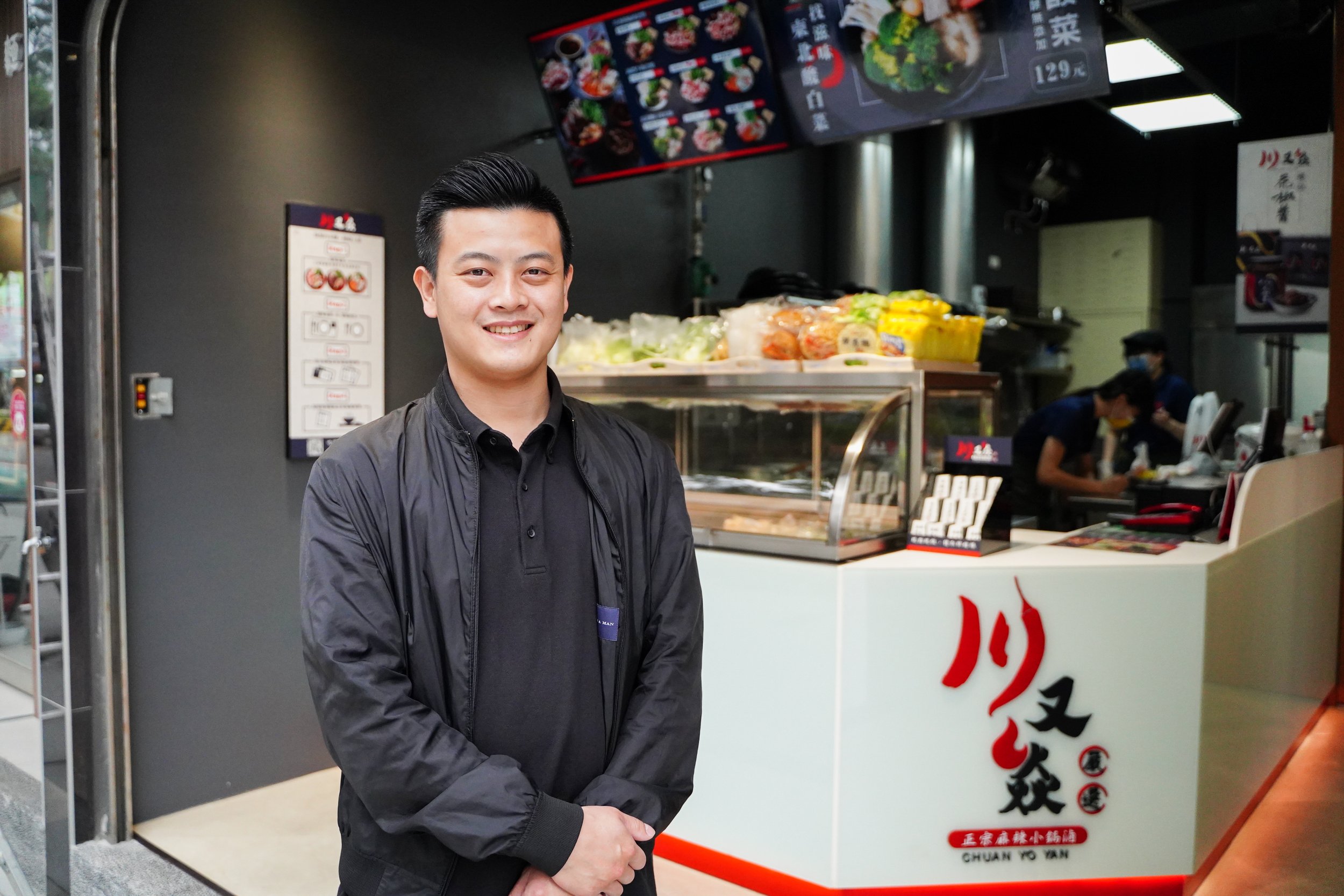Types of POS Systems Available in Singapore
So you need to get a point-of-sales (POS) system for your outlet. What kinds of point-of-sales systems are popular in Singapore? What can they do, and what should you know about them?
Singapore has a pretty wide selection of POS systems – a simple Google search will tell you that. It’s easy to get overwhelmed with the variety available, so this guide was put together to help make your search a little easier.
First off, POS systems can be divided into two types: Legacy POS and Tablet (or Cloud-based) POS.
Traditional/ Legacy POS systems
Legacy POS: Also known as “on-site” or “traditional” POS systems, they store data locally and run on a closed internal network – in other words, the POS system is essentially a PC in your restaurant and you can only access your data there. They are typically bulkier and older – usually running on Linux or Windows software.
Cloud-based/ Tablet POS
Cloud-Based POS: Also referred to as Software-as-a-Service (SaaS), cloud-based POS systems are Web-hosted and have their information accessible online. That means you can access your restaurant’s data anytime, anywhere, on a browser. They are newer-generation and more lightweight (run on tablets), catering to the modern day need for accessibility.
Which is better?
The answer really depends on what you want out of your POS system. Below are some examples of POS brands from each type.
iPad ordering ≠ Cloud-based POS
Some traditional POS systems do have iPad ordering capabilities, meaning that while your waiters can take orders on iPads, you still need a POS terminal, which is also where all your data is stored.
With these legacy POS systems, you will need to buy an additional iPad licence (a few hundred dollars) for each device on top of the basic POS terminal.
As you can see, some brands of POS serve both retail and F&B clients – in some cases the software is different and specialised for each kind of business (like Raptor) but in other cases, the same software serves both, with some features going unused. Most POS accept different modes of payment (such as NETs, Mastercard and Visa) and all you need is a credit card terminal, which you can get easily enough from the banks. You can refer to this article for a summary of the banks’ rates here. (link to foodnbeverage.com.sg article here)
Restaurant-specific features
Systems that serve both retail and restaurants might not have all the functions you may want to run your restaurant optimally.
For example, some POS systems do not have table layouts, meaning they cannot display where all the tables in your restaurant are located and their current status. Some F&B owners and managers find this feature very important. Likewise, a POS system that can be used for retail might not have other restaurant-specific features like queue management or photo displays for menu items, which make it easier for waitstaff to recognise dishes – especially useful for big menus.
Pricing
It’s important to note that as the layout, needs and concept of every F&B outlet is different, there is no fixed price for any POS system out there – they are customised for your restaurant.
Legacy POS systems will probably have a higher upfront costs because they are one-time payments. As for Cloud POS, there are usually monthly payments due to the online data storage. The number of devices you may need will determine the price you end up paying.
“Lifetime price” or “one-time payment” does not necessarily mean that you only pay once.
Hardware
For many traditional POS quotations, the one-time payment includes a 1-year warranty for your POS terminal. After the first year, you will be required to pay for a maintenance package or extended warranty to ensure that you are covered should your POS terminal break down.
If the point-of-sales system runs on Apple iPad or Android devices, the warranty comes under the individual hardware provider (e.g. Apple) and you pay the same maintenance fees any other consumer pays.
Support
Support is another additional cost that is seldom factored in when considering the price of a POS system – and that’s a crucial mistake. Most POS quotations will include a training for management and staff on how to use the system, but extra trainings will be chargeable. Few companies provide onsite support, and those that do charge exorbitant amounts by the hour (think upwards of $200/hour). Find a point of sales provider with a service and support package that you're comfortable with before committing for the long haul, you'll thank yourself later.
iCHEF F&B POS Designed by Restaurant, for Restaurants
Cheryl Tay is the editor and marketer at iCHEF Singapore. She also manages iCHEF Club, a growing community of F&B owners in Singapore – organising events, an online newsletter and the F&B Entrepreneur Bootcamp, the only regular workshop on opening a new restaurant in the country. In her spare time, she attempts to read every book that’s ever won a literary prize and watches cat videos. Like any proper Singaporean, her love for food runs deep – especially spicy food. Chili is life.


















